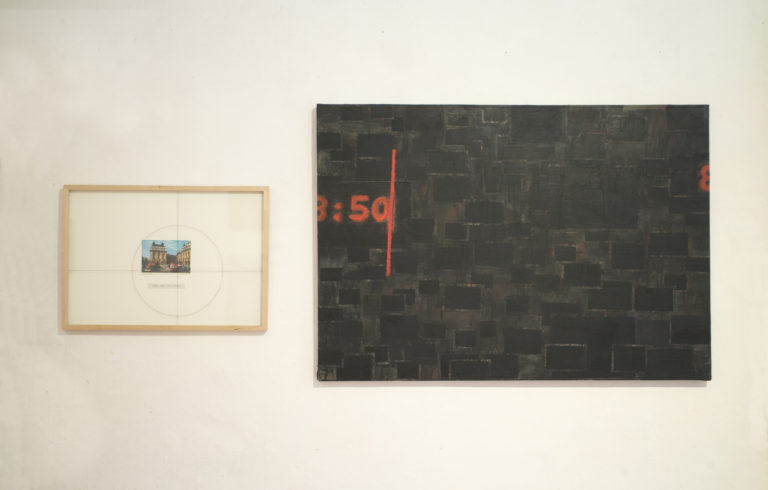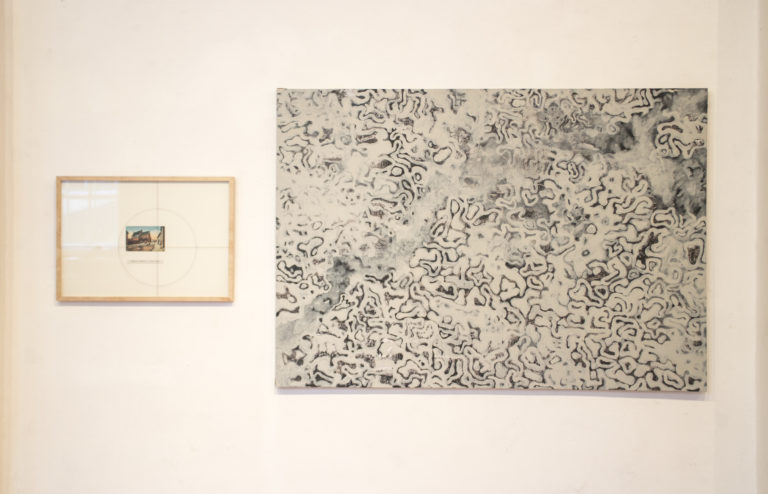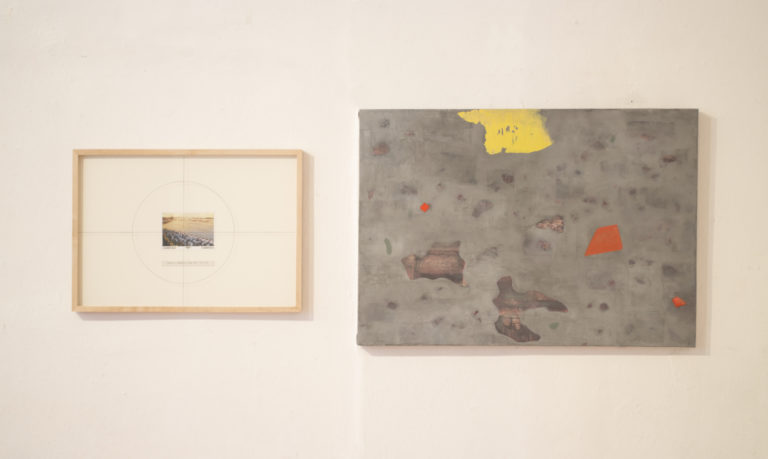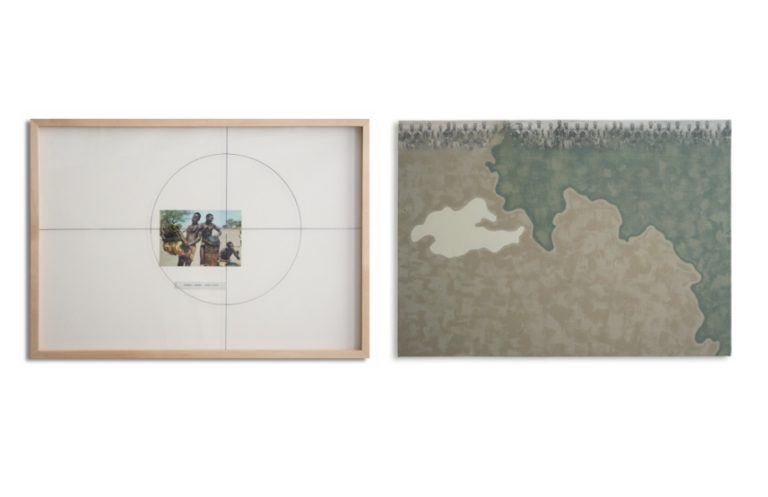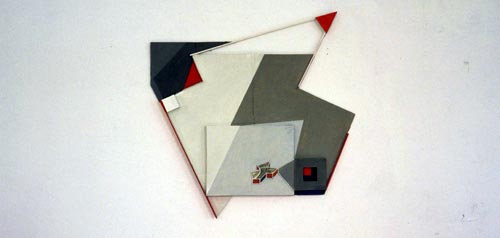
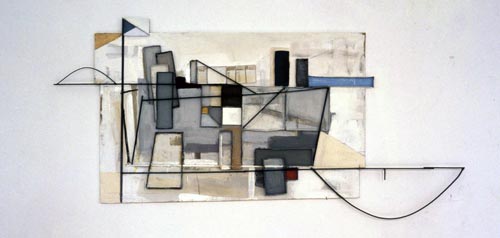
Grammatical Shapes
2006
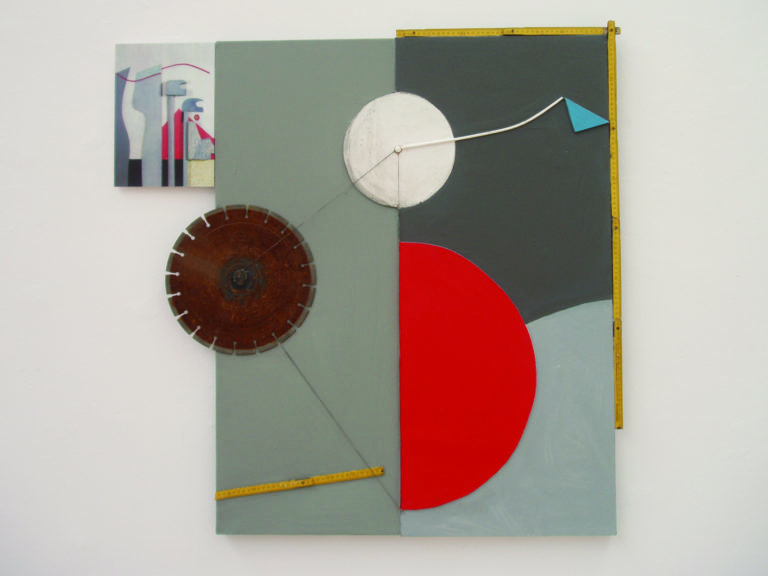
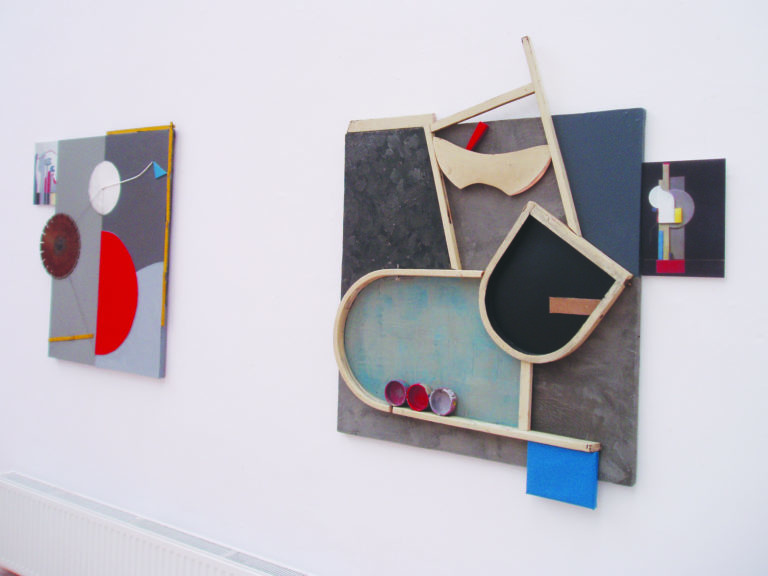


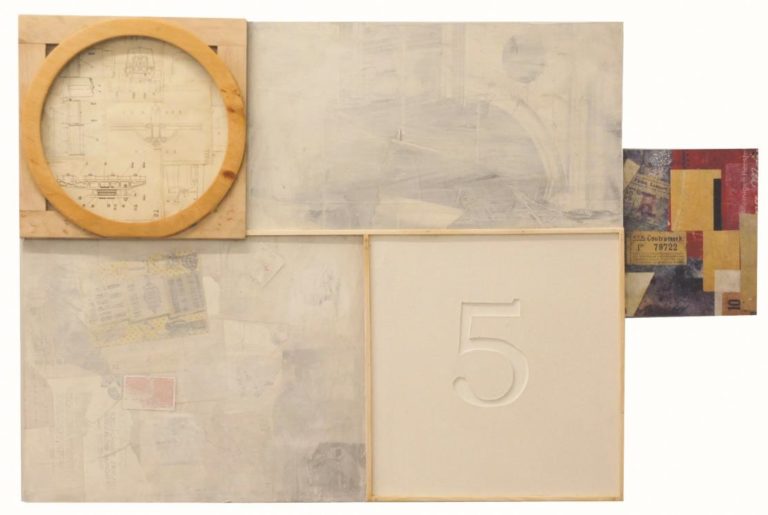

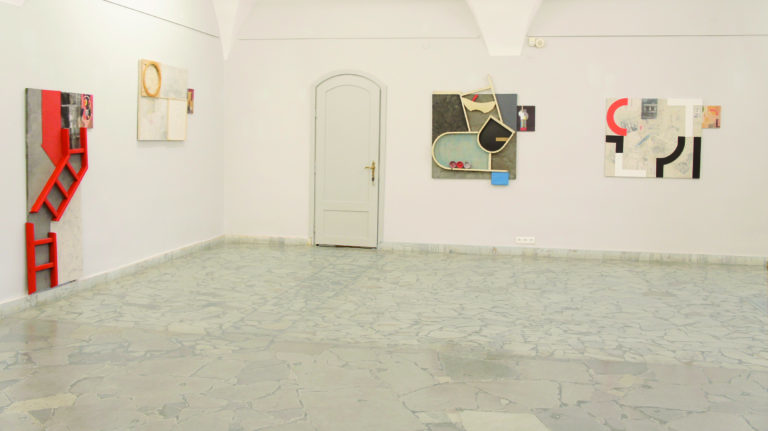
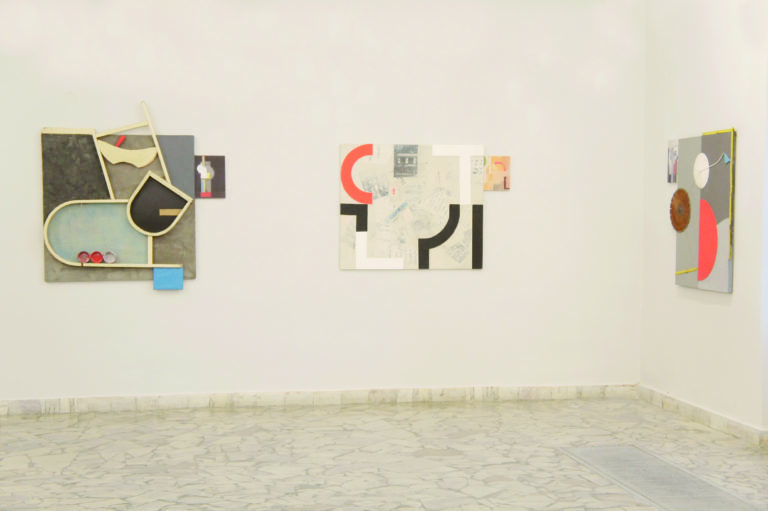
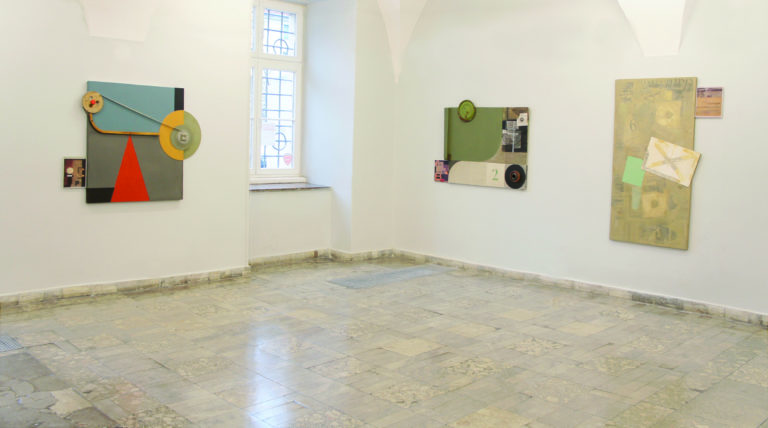
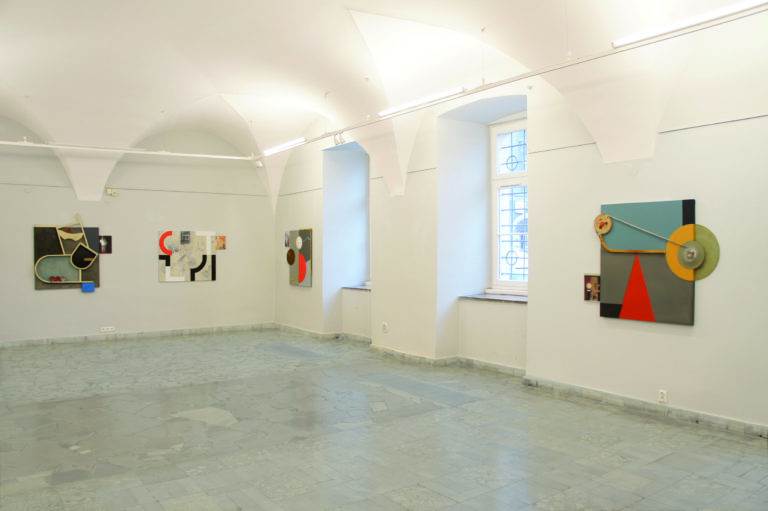
Belated Conversations with Kurt Schwitters
2010
more
Belated Conversations with Kurt Schwitters is a series of paintings and drawings through which Natalia Brandt ‘converses’ on the incompatibility of various languages and the inadequacy of our vision to the language of art. In the successive ‘conversations’ Brandt expounds on the ambiguity that inevitably accompanies our thinking of art. Her assemblage paintings can be considered as repositories of fascination with Schwitters and his ‘art of fragments’. Brandt’s belated – which does not mean anachronistic – conversations with the master of Dadaist absurdity deal as much with tradition as with the present and with the dominant narratives of art’s interpretation.
more
Blinding series
Photographic prints, atteched to the canvas, are covered by the artist with painted patterns, covering the photographic depictions of destruction, suffering, cruelty. The act of painting is an act of concealing, of placing a cover onto the icons of horror – the photographs of victims of wars, terror, genocide, automatically consumed in daily news. The eponymous „blinding” means here a removal of an „effect of reality” from the images, preventing from an ideological naturalization of their perception. Several paintings from the Blinding series are accompanied by postcards – standard views from various places, functioning as images reproducting our image of these locations. Postcards from Congo, Rwanda, Phnom Penh, Beirut or London present these places as tourist attractions. But motionless landscapes, which become a part of our visual memory, have been recalled for the reason of a „memory of evil”, which their names bring to mind. This kind of memory is referred to in the photographic prints on the canvas, scenes of horror covered by painted patterns. Their abstract forms are augmented details, „pieces of land” taken from the images depicted on the postcards. Forms, rescaled to the point of illegibility, lose their initial shape and create their own structure layered over, and to a various extent concealing the cruelty visible on the photographic prints. By covering these depictions, the artist prevents the gaze from falling into the trap of an image, from letting it be guided by its rhetoric and memory. Speaking of „the conscience of images”, she tries to prevent their perception from being turned into a spectacle.

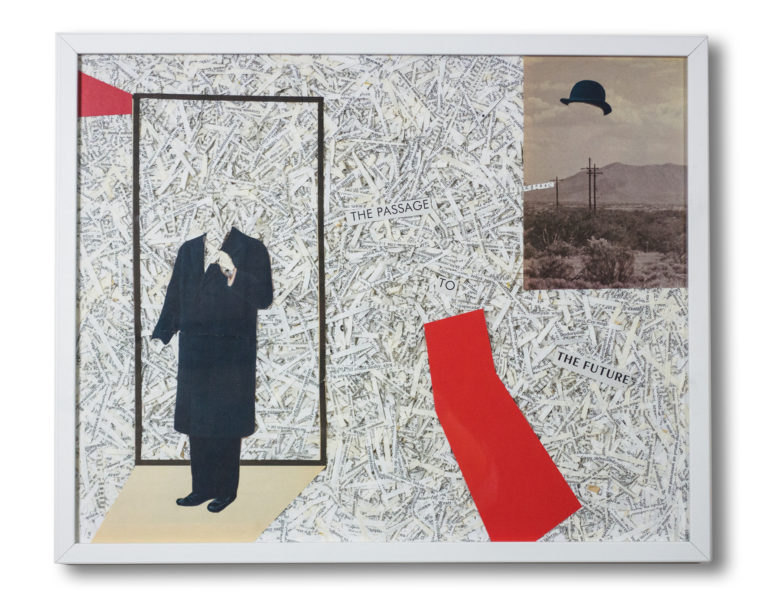

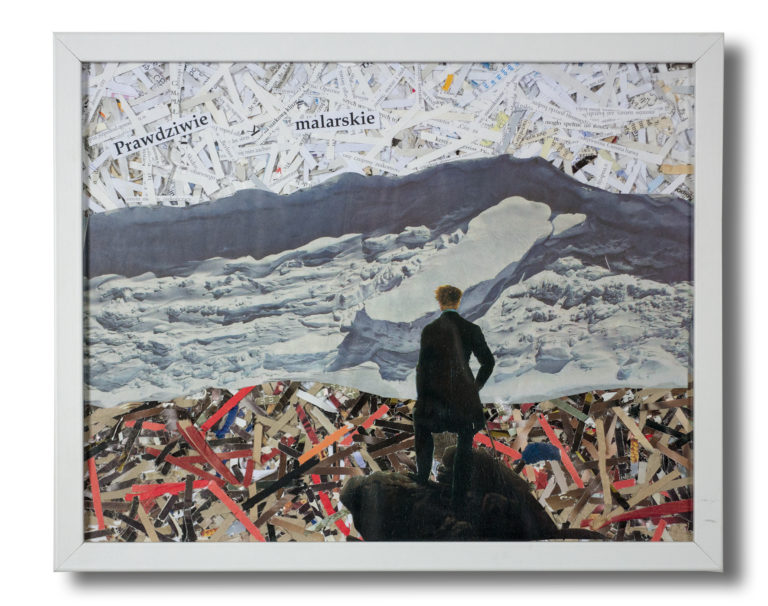
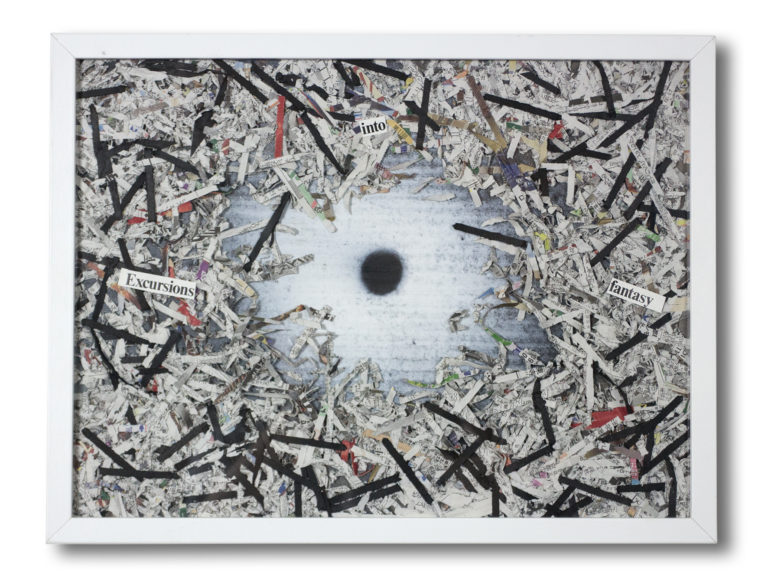
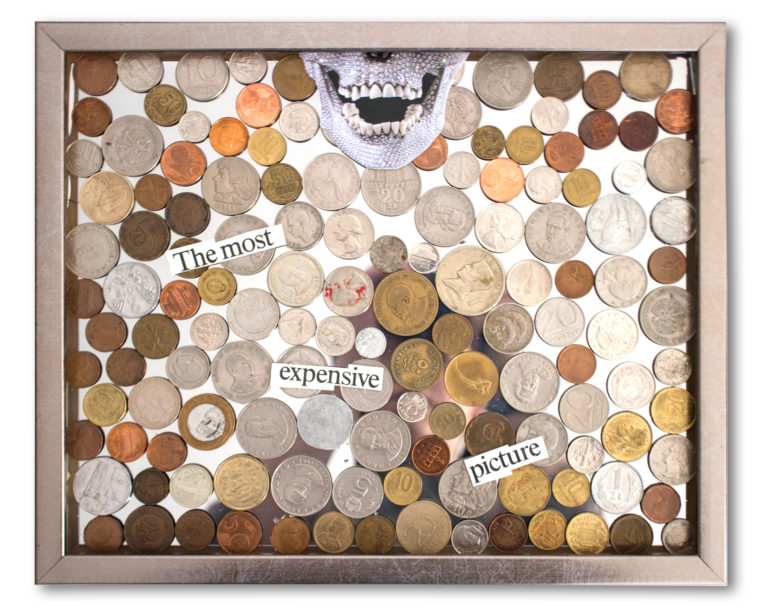
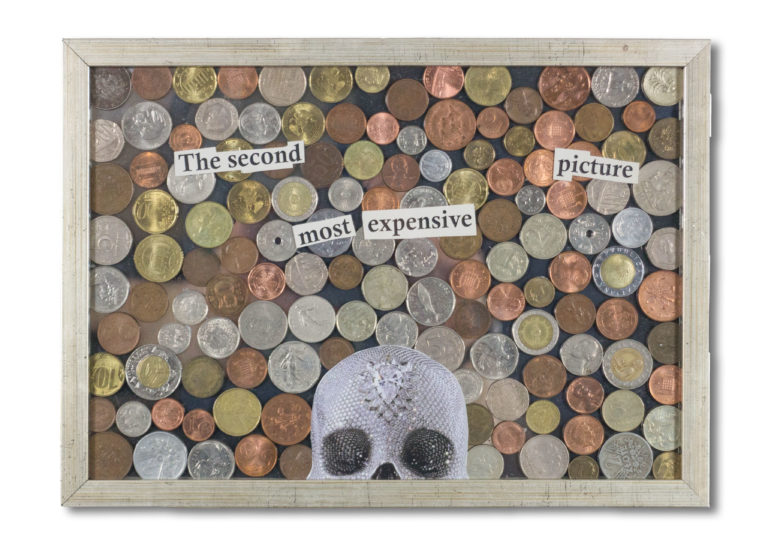
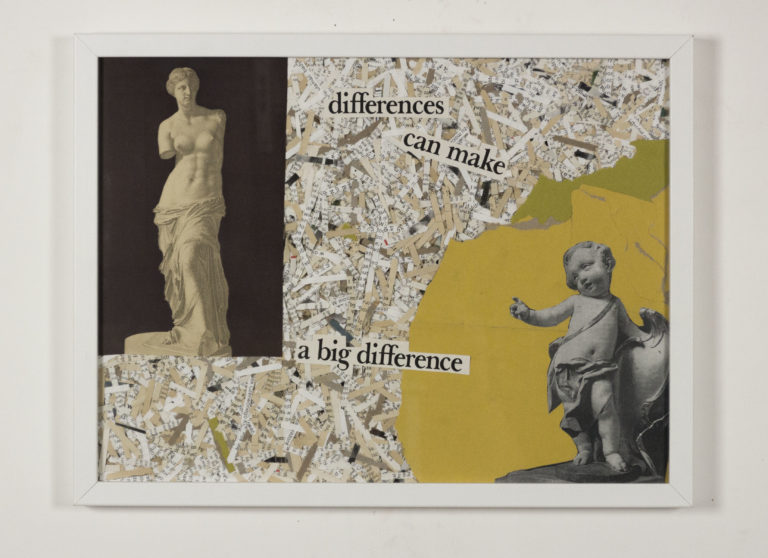
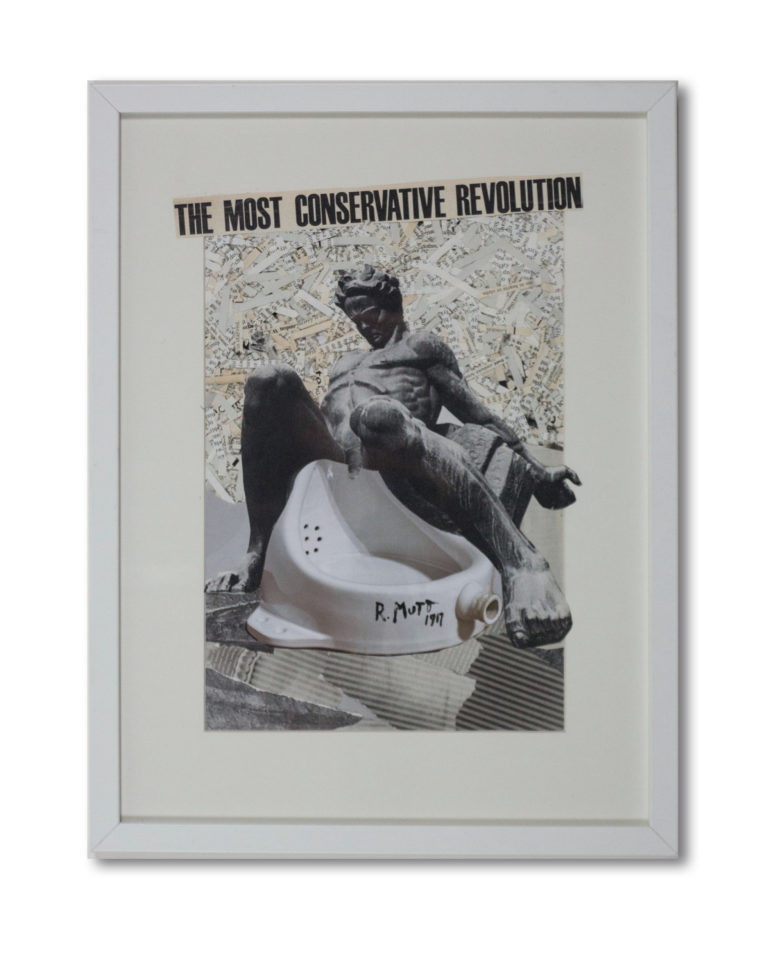
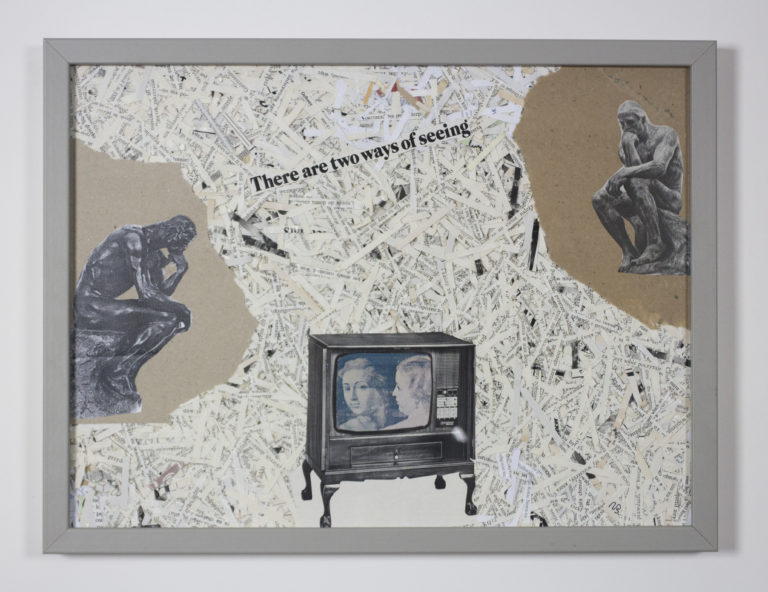

Hidden Connections Among Things
2017 – 2019
more
Hidden Connections Among Things
In the surprising configurations of references, a tangle of forms, shapes, and words of sly, tongue-in-cheek, commentary, the artist constructs a kind of „visual aphorisms.” She presents several dozen colour collages, using old books, magazines, engravings, illustrations, documents, and various objects. Her compositions are made with scraps of paper, shredded manually or mechanically and then meticulously arranged into multilayer systems. With superimposed layers of mixed punctuation marks, letters, numbers, words, sentences, fragments of images, photographs, prints, or coins, she arranges new narrative structures. Combining seemingly incompatible contents, she produces aphoristic representations, replete with sense of humour and ulterior references to art history, modernist canons, avant-garde styles, or cultural myths and discourses.
These works find their themes in openly facetious puns and wordplay, but also in latent tie-ups activating ever larger circles of reference and allusion. In works harkening back to the iconic art of the first Avant-Garde, Brandt pulls us into traps of changing discourses on totalizing ambitions to organize the world.

